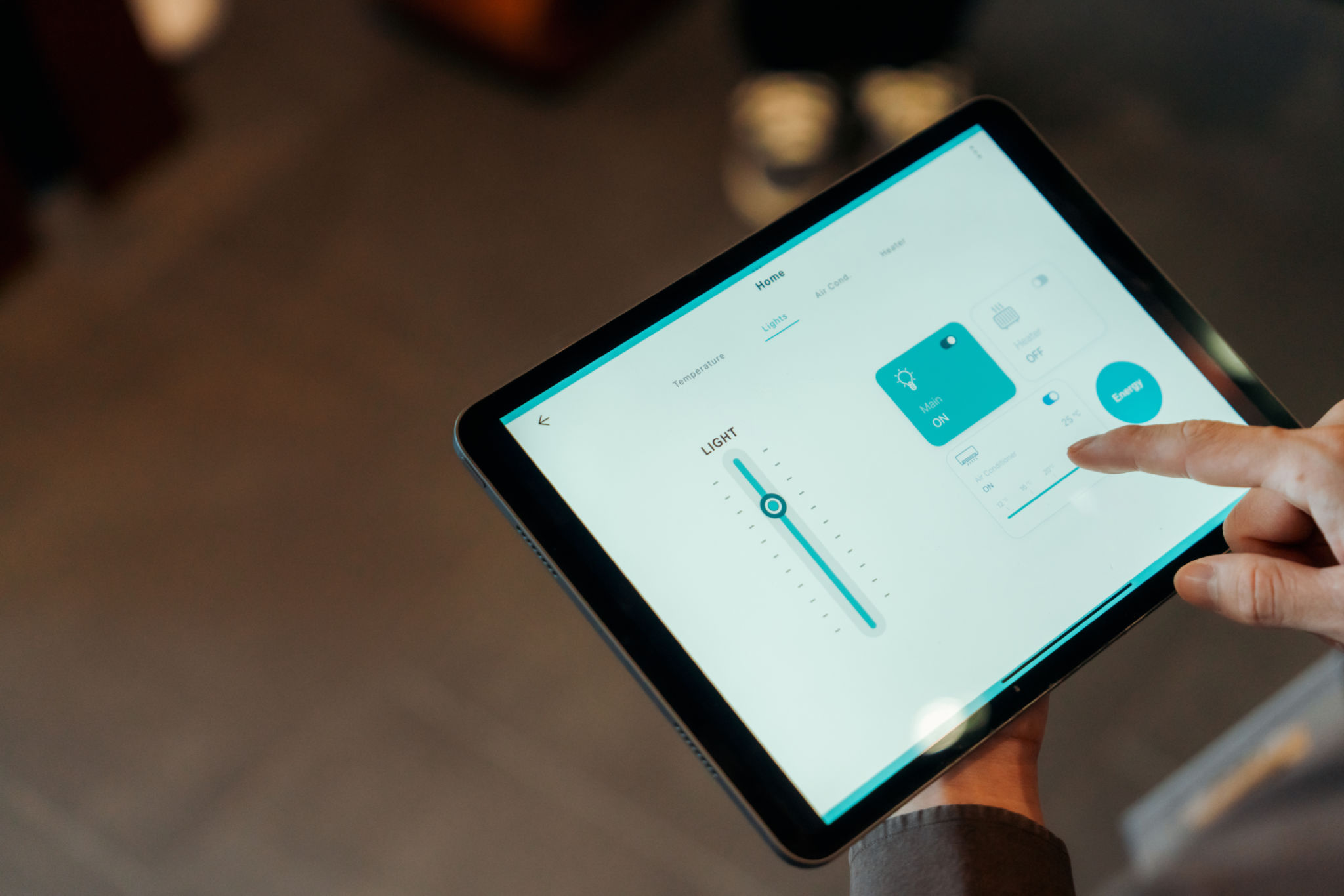Choosing the Right LED Light Fixtures for Your Next Project
Understanding LED Light Fixtures
Choosing the right LED light fixtures for your project is essential in achieving optimal illumination and energy efficiency. LED lights are renowned for their longevity and energy-saving qualities, making them a popular choice for both residential and commercial projects. However, selecting the appropriate fixtures requires some consideration of various factors to ensure they meet your specific needs.
LED light fixtures come in a variety of shapes, sizes, and designs, each suited for different applications. From recessed lights and track lighting to pendant fixtures and chandeliers, the options are vast. Understanding your project's requirements is the first step in narrowing down the choices.

Consider Your Space and Purpose
Before settling on any LED fixture, consider the space where it will be installed and its intended purpose. Is it for ambient lighting in a living room, task lighting in a kitchen, or accent lighting to highlight artwork? Each purpose demands a different type of lighting solution.
For instance, recessed lighting is ideal for providing ambient light in larger spaces without cluttering the ceiling. On the other hand, pendant lights can serve both functional and decorative purposes, especially in kitchens or over dining tables. Understanding these distinctions helps in selecting the most effective fixtures.
Assessing Brightness and Color Temperature
Brightness and color temperature are crucial considerations when choosing LED lights. Brightness is measured in lumens, not watts, with higher lumens indicating brighter light. The amount of light you need will depend on the size and nature of the space.

Color temperature affects the mood and functionality of a space. Measured in Kelvin (K), lower temperatures (2700K-3000K) emit a warm, cozy light suitable for living areas, while higher temperatures (4000K-5000K) provide a cooler, more energetic light ideal for workspaces. Selecting the right color temperature enhances both the aesthetics and practicality of your lighting setup.
Energy Efficiency and Longevity
One of the primary benefits of LED lighting is its energy efficiency. LEDs use significantly less electricity compared to traditional incandescent bulbs, leading to reduced energy bills. Additionally, LEDs have a longer lifespan, often lasting up to 25 times longer than incandescent bulbs.
When selecting LED fixtures, look for products with an ENERGY STAR rating to ensure maximum efficiency and quality. These fixtures not only provide cost savings but also contribute to environmental conservation by reducing energy consumption.

Design and Aesthetic Appeal
Beyond functionality, the design and aesthetic appeal of light fixtures play a significant role in your project. Choose fixtures that complement the overall style and decor of your space. Whether you prefer modern minimalist designs or vintage-inspired fixtures, there is an LED option available to match your taste.
Consider materials such as metal, glass, or wood that align with your interior design theme. The right fixture can serve as a focal point or seamlessly blend into the background while illuminating your space effectively.
Installation and Compatibility
Finally, consider the installation process and compatibility with existing systems. Some LED fixtures require professional installation due to their complexity, while others are simple enough for DIY enthusiasts. Ensure that the fixtures are compatible with dimmer switches if you desire adjustable lighting levels.
By taking these factors into account, you can select LED light fixtures that not only enhance your project's illumination but also align with your aesthetic vision and energy-saving goals.